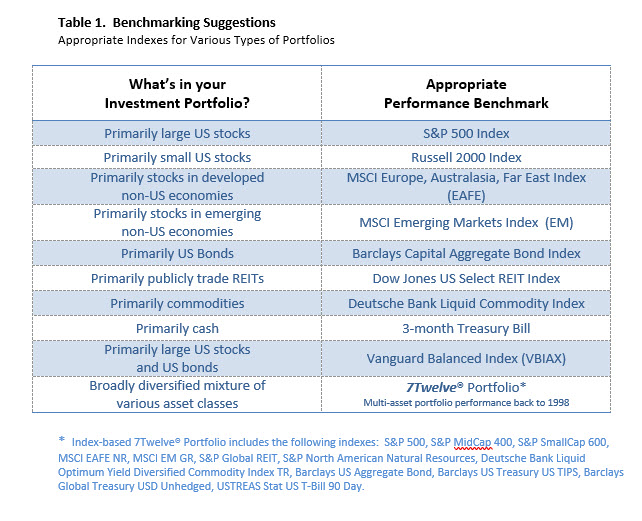

For others, there may be no effective treatment for their medical condition. For some people, current treatments do not work adequately, the treatments may cause unwanted side effects, or they may not be user-friendly. This is important primarily for patients. Clinical researchĬlinical studies are needed to develop new treatments. 'We are pleased to be able to combine our expertise and strengths and we look forward to the results,' said the joint parties. The principals, Health~Holland, FAST, Invest-in-Holland, CCMO, DCRF, ACRON and the VIG* want to make the Netherlands more attractive for organising, reviewing and conducting drug research. The goal is to gain insight into the Dutch landscape of clinical studies and make a comparison with other countries in Europe. We also publish a summary of annual data on the performance in initiating and delivering clinical research exercise, showing data by quarter each year for a number of indicators.A group of public and private organisations is joining forces for a benchmark of drug studies in the clinical phases. While submissions are quarterly, the scope of data submitted is a rolling 12 months of data. The number of trials reported has ranged from 1,084 in Q4 2020-21 to 2,293 in Q2 2016-17, and has seen a decline since Q4 2018-19 (not shown on graph). The percentage of targets met (out of trials with a target reported) have remained largely consistent over time, with a high of 60.1% in Q2 2019-20 and a low of 51.4% in Q1 2021-22. Not all trials reported have an agreed target number of participants, so also shown are the percentage of targets met out of all trials reported (red data points). The last reported quarter is Q1 2021-22, which includes 1,191 trials with 51.4% of targets being met.

The first quarter reported is Q4 2015-16, which includes 2,140 trials with 52.9% of the targets being met. The green data points indicate the proportion of trials that met targets for speed of participant recruitment (time) and target number of participants recruited, shown as the proportion of trials that had agreed targets ('agreed target' means there is both a target number of participants, and a target date to recruit). The number trials analysed in a given quarterly submission is shown as bars on the graph, and the number of sites whose data were analysed is included in square brackets on the x axis beneath each quarter.
#Benchmark research studies trial#
This graph shows the percentage of commercially sponsored clinical trials that met their target number of trial participants during the life of the study. Performance in delivering clinical research The longest recruitment time reported was 206 days in Q3 2020-21, and the shortest reported was 9 days in Q3 2020-21.

The average number of days until the first participant was recruited has increased overall during the last four quarters (Q2 20-21 to Q1 21-22).Īlso shown are the deciles and quartiles for average recruitment times, to indicate the spread within the data. The average time between date site selected (DSS) and date first patient recruited (FPR red data points) has remained largely consistent during the four year period shown in the graph, with a mean ranging from 66 days to 93 days and a median ranging from 44 to 77 days. The final quarter reported is Q1 2021-22, which comprises 3,266 trials at 210 sites. The first quarter reported is Q4 2016-17, which includes 1,777 trials at 214 sites. The number trials analysed in a given quarterly submission is shown as bars on the graph, and the number of sites whose data were analysed is included in square brackets on the x axis beneath each quarter. This graph shows the trend of the time interval between the date that a site was selected for a clinical trial and the date that the first participant was recruited to the trial, for providers of NHS services that hold an NIHR contract. Performance in initiating clinical research


 0 kommentar(er)
0 kommentar(er)
